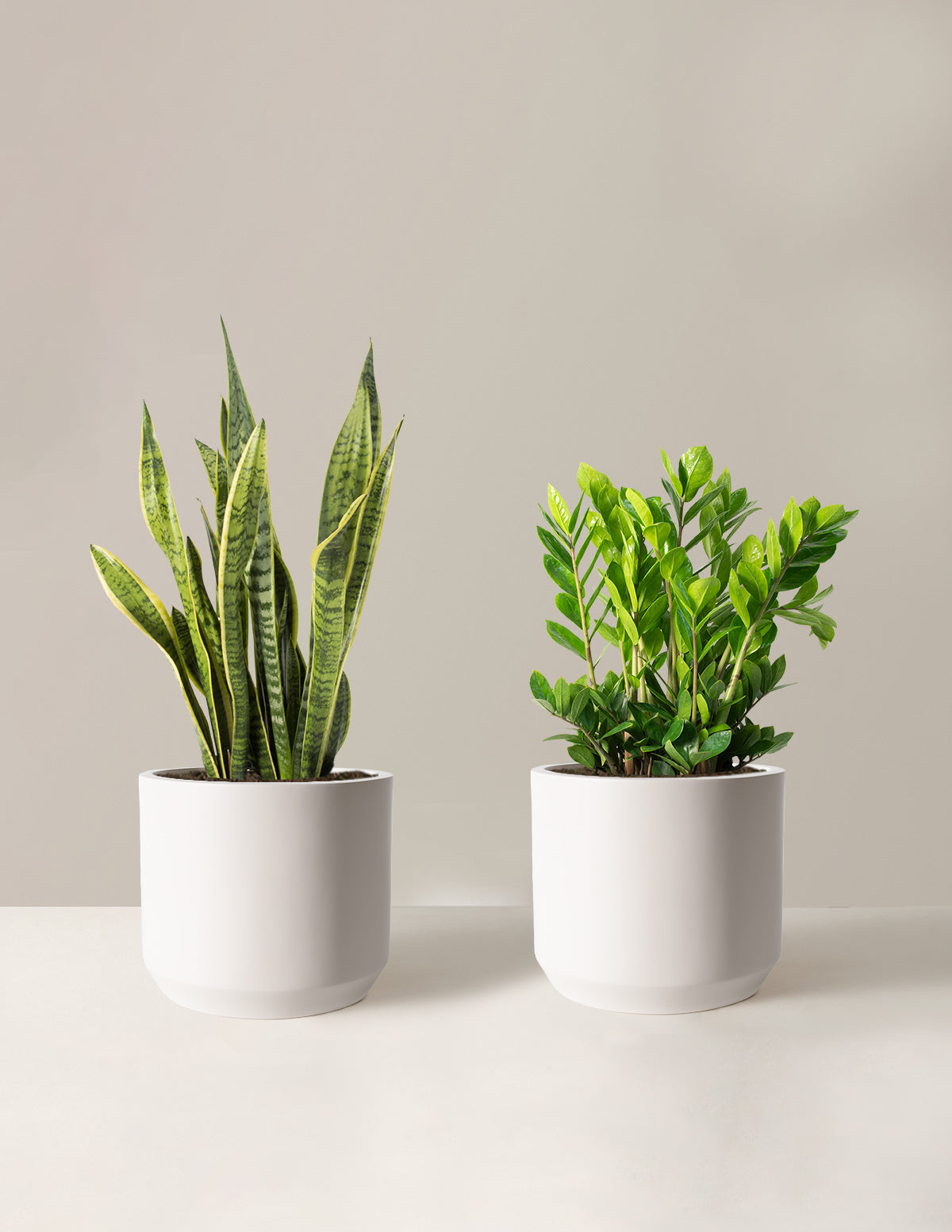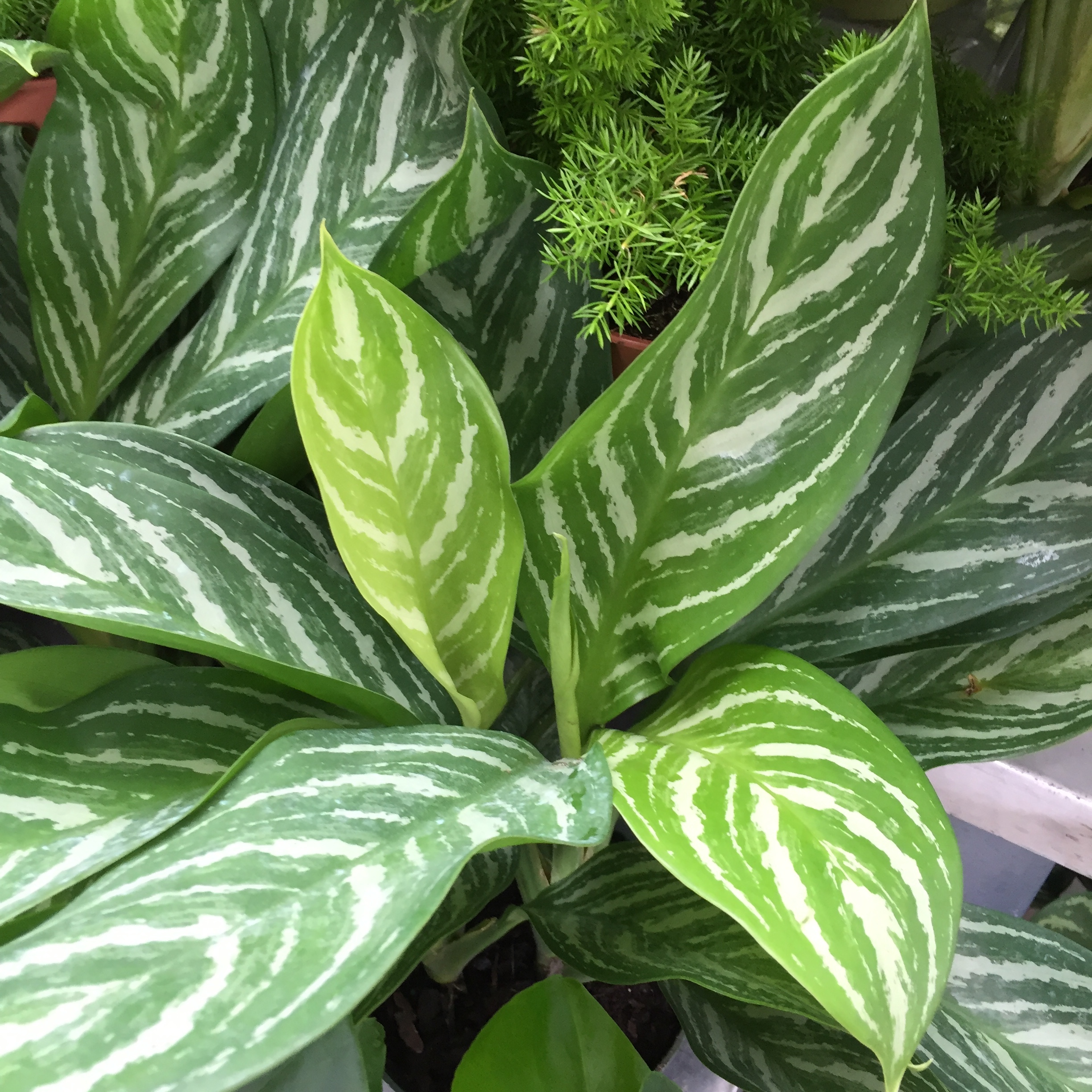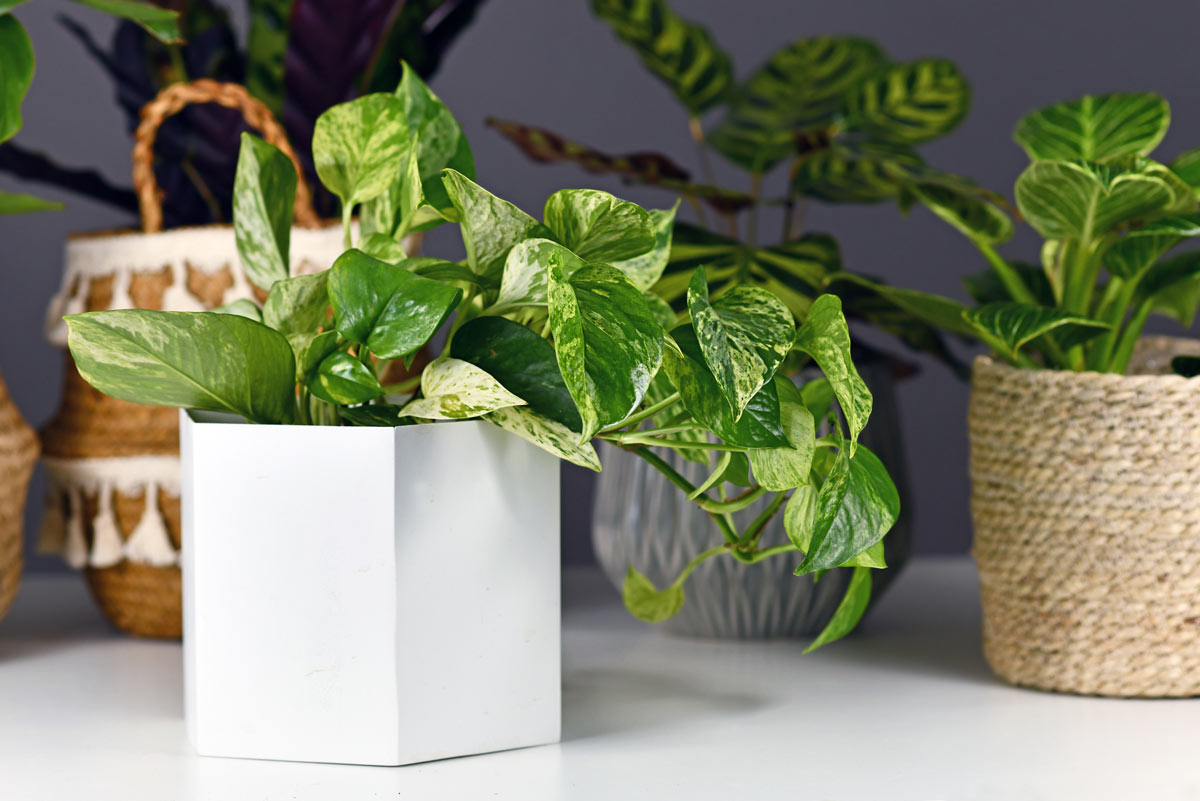A Guide to the Best Low-Light Indoor Plants for Small Spaces
A Guide to the Best Low-Light Indoor Plants for Small Spaces
Blog Article
Transform Your Home With Beautiful Low-Light Indoor Plants and Their Advantages
Incorporating low-light indoor plants right into your home can significantly enhance both the visual and environmental high quality of your space. These plants, which flourish in dim conditions, offer not only as decorative aspects but likewise as natural air cleansers, making them optimal for metropolitan residents or those with minimal sunlight direct exposure. As we check out the numerous types of low-light plants and their advantages, you may locate shocking means to integrate them right into your home that can change your surroundings in means you may not have anticipated.
Advantages of Low-Light Plants
Low-light plants supply countless advantages for indoor environments, making them an excellent option for both amateur and seasoned gardeners. One of the key benefits is their flexibility to low-light conditions, allowing people to boost their home without the requirement for comprehensive sunshine exposure. This particular makes them suitable for apartments, offices, and various other areas with restricted all-natural light.

Additionally, including low-light plants right into home design can raise the visual appeal of a room. Their lush foliage and differed textures develop a soothing environment, adding to overall well-being. Finally, the existence of plant has been linked to minimized stress and anxiety levels and enhanced efficiency, making low-light plants a sensible selection for enhancing both psychological and physical wellness in indoor setups.
Top Low-Light Indoor Plants
While numerous indoor plants prosper in intense light, a number of species are particularly appropriate for low-light problems, making them suitable for numerous interior rooms. One popular selection is the Snake Plant (Sansevieria), known for its striking upright fallen leaves and resilience, calling for very little treatment. Another excellent choice is the Pothos (Epipremnum aureum), which includes heart-shaped fallen leaves and can trail beautifully from wall mounts or shelves, prospering in reduced light and adding a lavish touch.
The ZZ Plant (Zamioculcas zamiifolia) is celebrated for its shiny leaves and capacity to endure forget, making it excellent for hectic way of livings. The Tranquility Lily (Spathiphyllum) not just endures low light but likewise generates magnificent white blossoms, enhancing any kind of area's visual.
For a special touch, think about the Cast Iron Plant (Aspidistra elatior), which without a doubt meets its name, flourishing in the darkest corners of your home. Finally, the Chinese Evergreen (Aglaonema) uses a selection of leaf patterns and colors while being exceptionally flexible in low-light conditions. These plants not only enhance indoor settings however additionally contribute to air purification, boosting your home.
Treatment Tips for Low-Light Plants

Watering techniques are important; these plants commonly favor somewhat dry conditions. Overwatering can lead to root rot, so ensure that the leading inch of dirt is dry prior to sprinkling once again. Use pots with drainage openings to allow excess wetness to get away.
Humidity is another vital aspect. Lots of low-light plants, such as brushes and tranquility lilies, take advantage of higher humidity levels. To raise humidity, consider misting the fallen leaves or putting a tray of water near the plants.
Fertilizing needs to be approached with care. Throughout the growing period, use a watered down, well balanced fluid plant food monthly to support growth, yet avoid fertilizing throughout the dormant winter season.

Creative Ways to Present Plants
Indoor plants can function as fascinating focal points in any space, enhancing both visual charm and setting. Imaginative screens can elevate the visual effect of low-light plants, making them an essential part of your home decor. One efficient approach is to use tiered plant stands, which enable you to display numerous plants at varying elevations while making the most of flooring room.
Hanging planters are another ingenious alternative, creating a feeling of deepness and attracting the eye upward. Think about macramé wall mounts or wall-mounted shelves to introduce a distinct structure and design.
For an extra organized strategy, usage geometric terrariums or glass containers to house your plants, including a modern-day touch to your indoor yard. You can also repurpose vintage items, such as teacups or wood cages, for an eclectic display that reflects your character.
Enhancing Home Ambiance With Plants
Integrating low-light plants right into your home not just enhances visual charm yet additionally adds dramatically to the total setting. These plants offer as all-natural design aspects, introducing a feeling of harmony that can change any room. The visibility of greenery promotes a soothing environment, which is specifically beneficial in high-stress environments such as office or living spaces.
Low-light plants, you can try these out such as serpent plants, pothos, and ZZ plants, are not just visually pleasing yet additionally boost indoor air top quality by filtering pollutants. This double feature improves the setting better, developing a healthier home (Best low-light indoor plants). The tactical placement of these plants can also influence the understanding of area; for example, high plants can attract the eye upward, making ceilings appear higher and areas extra spacious
Moreover, differing textures and shades of foliage include deepness to interior design, permitting innovative expression in home styling. Whether put on racks, in corners, or as centerpieces, low-light plants can raise the state of mind of any type of space. In summary, incorporating these plants right into your home is an efficient way to cultivate a warm, welcoming environment while gaining the benefits of improved air top quality and visual flexibility.
Final Thought
Integrating low-light indoor plants into home environments supplies many advantages, including enhanced aesthetic appeal and improved air top quality. These resilient plants, such as the Serpent Plant and Tranquility Lily, need marginal light and upkeep, making them appropriate for varied way of livings. Their capability to filter toxins contributes to a much healthier space, hop over to these guys while their different structures and shades enhance indoor decoration (Best low-light indoor plants). Ultimately, the incorporation of low-light plants promotes a serene and welcoming atmosphere, changing any home into a serene sanctuary.
While numerous interior plants thrive in intense light, numerous species are particularly appropriate for low-light problems, making them perfect for numerous interior rooms. One reliable method is to utilize tiered plant stands, which allow you to showcase numerous plants at differing heights while making best use of flooring room.
Low-light plants, such as serpent plants, pothos, and ZZ plants, are not just cosmetically pleasing yet also boost interior air quality by filtering system pollutants. Best low-light indoor plants. The tactical positioning of these plants can additionally influence the perception of room; for circumstances, high plants can attract the eye upward, making ceilings appear greater and areas more sizable
These resilient plants, such as the Snake Plant and Peace Lily, require minimal light and upkeep, making them appropriate for diverse way of livings.
Report this page